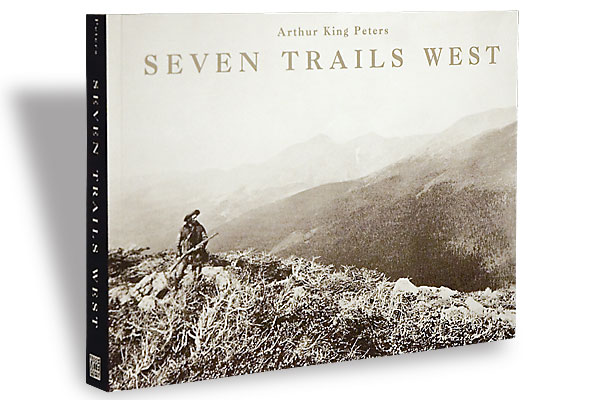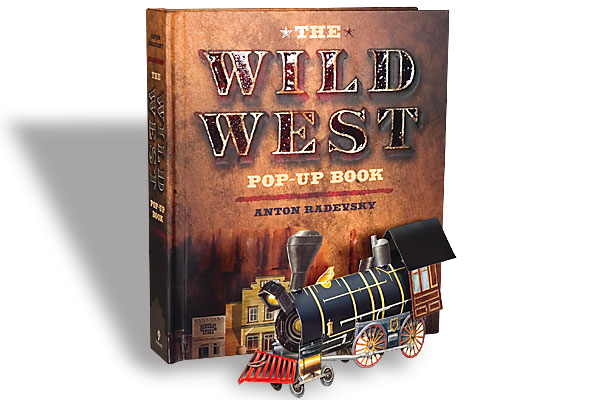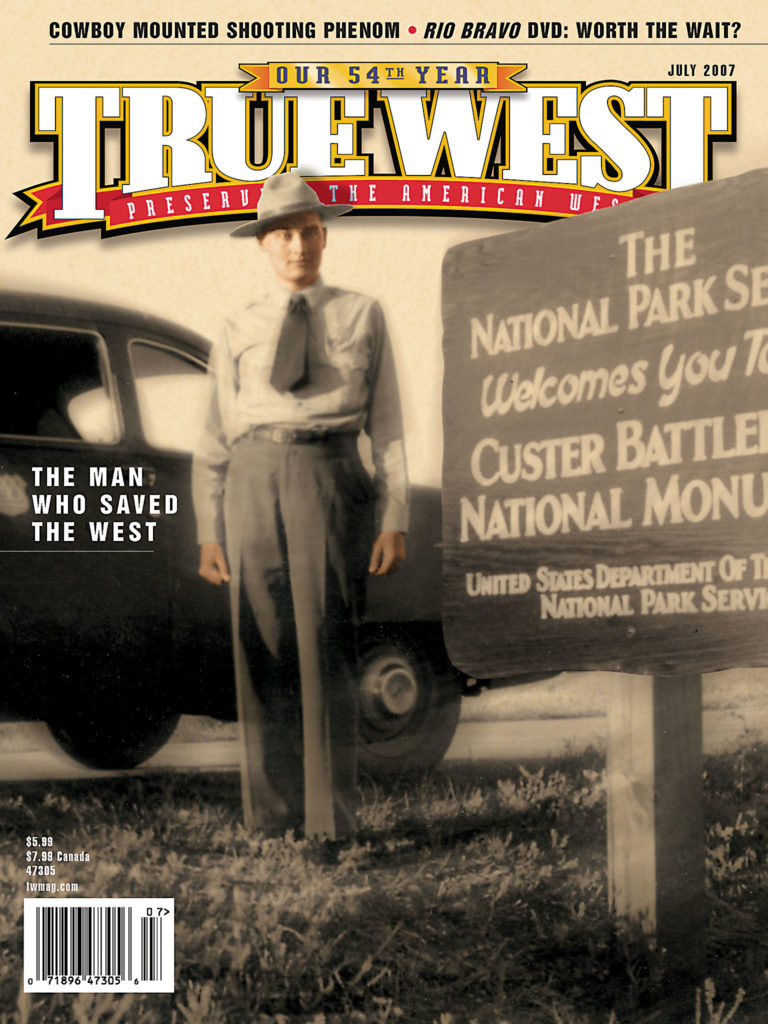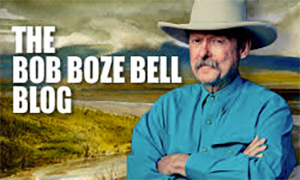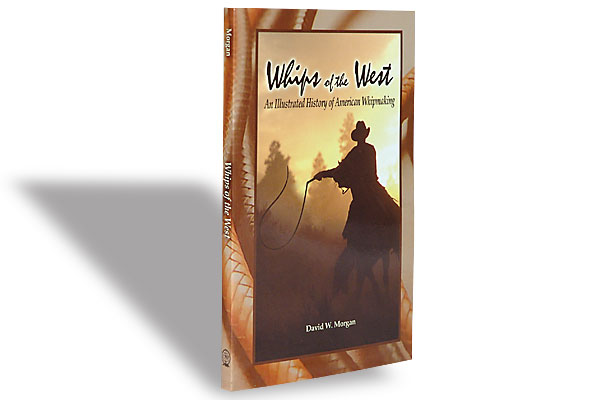 American whipmaking was a thriving industry during the 19th century, beginning with buggy whips in New England and peaking with the mass production of stock whips for cattle empires in the West.
American whipmaking was a thriving industry during the 19th century, beginning with buggy whips in New England and peaking with the mass production of stock whips for cattle empires in the West.
This book covers a range of production styles and techniques. While David Morgan is clear about the structures of various whips, he doesn’t make a connection between form and function. How does a swivel handle help a drover budge surly oxen, or a sea grass cracker on a coach whip move horses forward without spooking them? Yet the historical survey material and reproduction catalogs are fascinating. Which whip would you need: snake whip, dog whip, a short-loaded team whip or perhaps a quirt? —Cynthia Green


